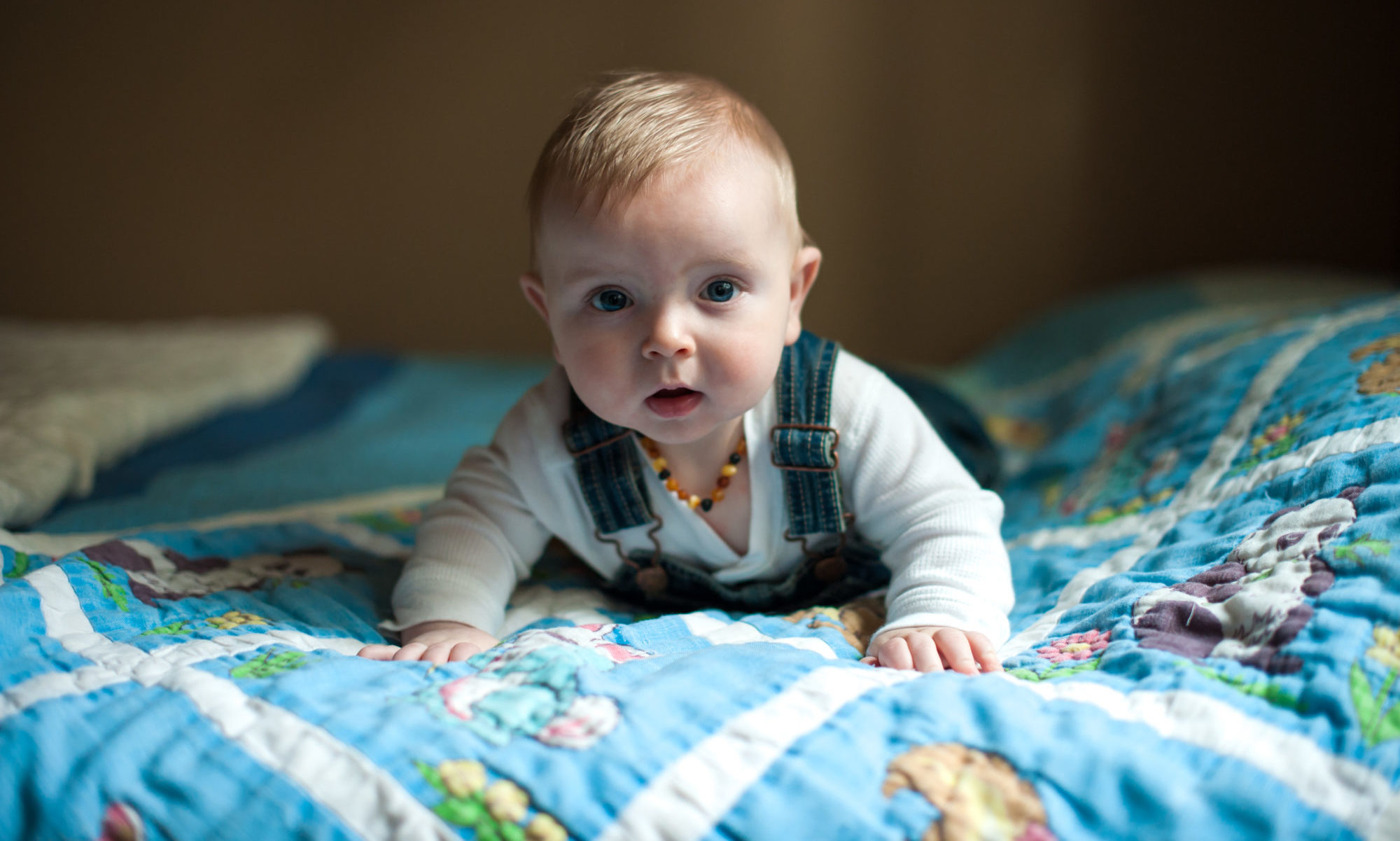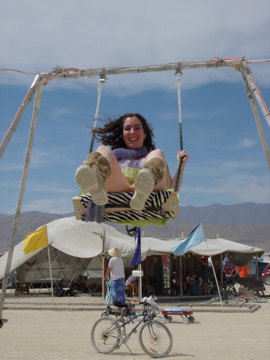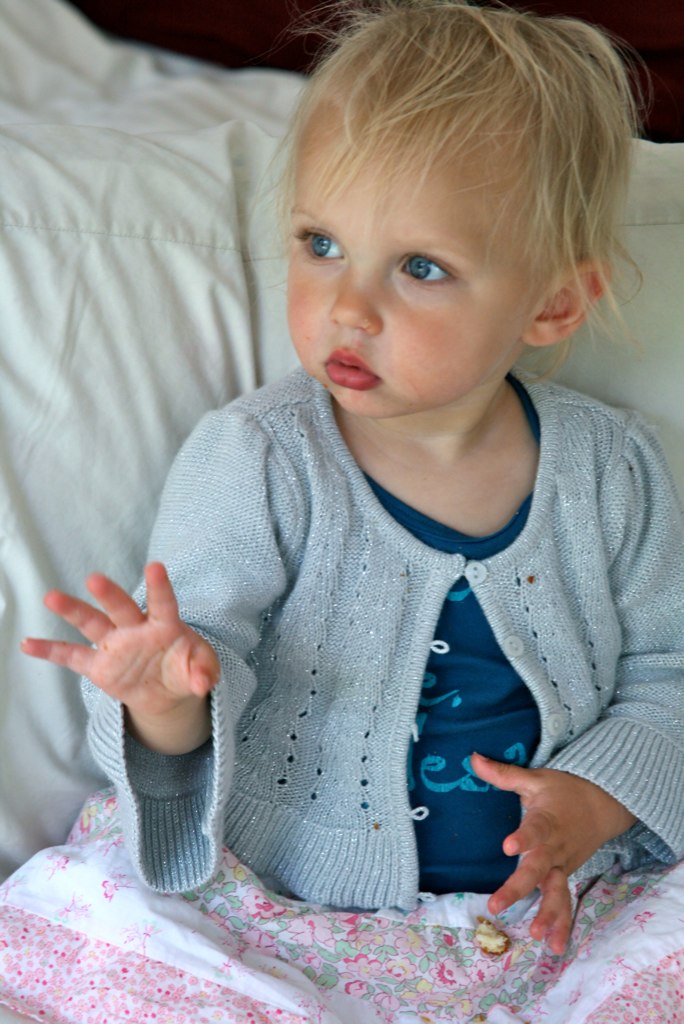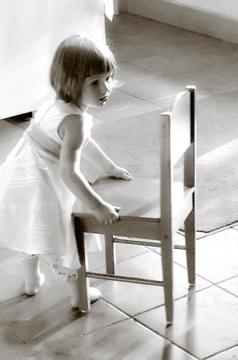Have you ever noticed how much young children love to open and close things? And how they’ll repeat the opening and closing action again and again? If you think about it, we open and close things all the time in our daily lives, so why wouldn’t children want to learn this important skill? One of the things that continues to surprise me about open/close activities for children is how many times they’ll repeat the action. I’ve seen kids absorbed in this work for well over thirty minutes at a time.
Make your life easier, give kids their own drawer
When our daughter started to crawl we did what most parents do, we dashed around the house “baby proofing” everything in sight. We moved dangerous things up or to cabinets that could be locked or secured. I installed latches on cabinets containing cleaning products. But as I looked around our home and imagined putting latches on every cabinet and drawer in the house, I got overwhelmed.
And then it hit me; maybe I didn’t actually have to install all those latches! Of course, I realize that I might need to add a few as my daughter grows and gets into things more, but I came up with a solution that is working well and has caused the least work for everyone. I gave my daughter her very own drawer.
Spinning and swinging for fun, focus, and emotion regulation
The vestibular system is responsible for balance, focus, and even plays a role in emotion regulation. But the best way to activate the vestibular system is by moving through space. So, if your child is having trouble with focus or emotion regulation, try encouraging movements like spinning and swinging and you’ll notice a huge change.
At Montessori school, we used the swings to help kids focus at least several times a week. I even activate my own vestibular system by doing somersaults whenever I’m feeling socially anxious. (So if we’re at a party together and I sneak into a back hallway for a moment, you know what I’m up to.) The thing is, it really works! After a few forward rolls, I feel so much happier and better able to engage and be social. If you don’t believe me, I challenge you to try it for yourself.
Delay of gratification is a crucial skill
Photo by Suzette Hibble
Teaching your child to delay gratification can help him in all sorts of ways. He will learn self-control and willpower. He will also reduce his impulsivity and increase in academic performance. But delaying gratification does not come easily and often won’t develop naturally, unless parents and caregivers help children learn this important skill.
Luckily, you can start to teach these skills at any age with simple games that don’t take much time. Start by offering your child a toy you know she wants but at the last second pull it back saying, “Ut oh, wait just a moment. Wait…wait…great job waiting!” and then hand your child the toy. At first just ask your infant or toddler to wait a few seconds. Then as your child becomes better and better at waiting for the object of her desire, begin to lengthen the time required.
Preventing toddler tantrums
When a toddler wants something, it’s crystal clear. They yell, scream, fuss, throw their bodies around, grab, and then when they get the object of their desire, it’s as if none of that just happened. They’re instantly content, but you know it’s temporary. Soon, they’ll want something else, and eventually it will be something that you can’t give them.
So what’s the best way to handle a toddler’s tantrums? One of my favorite tools for helping to calm infants is “The Happiest Baby on the Block” DVD by Dr. Harvey Karp. There’s a book by the same title as well. And apparently Dr. Karp had lots of parents asking him about how to handle toddler tantrums too, so he wrote a companion book and created another DVD called “The Happiest Toddler on the Block.” It’s great stuff.





